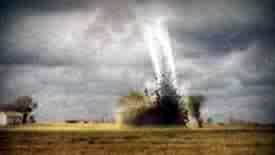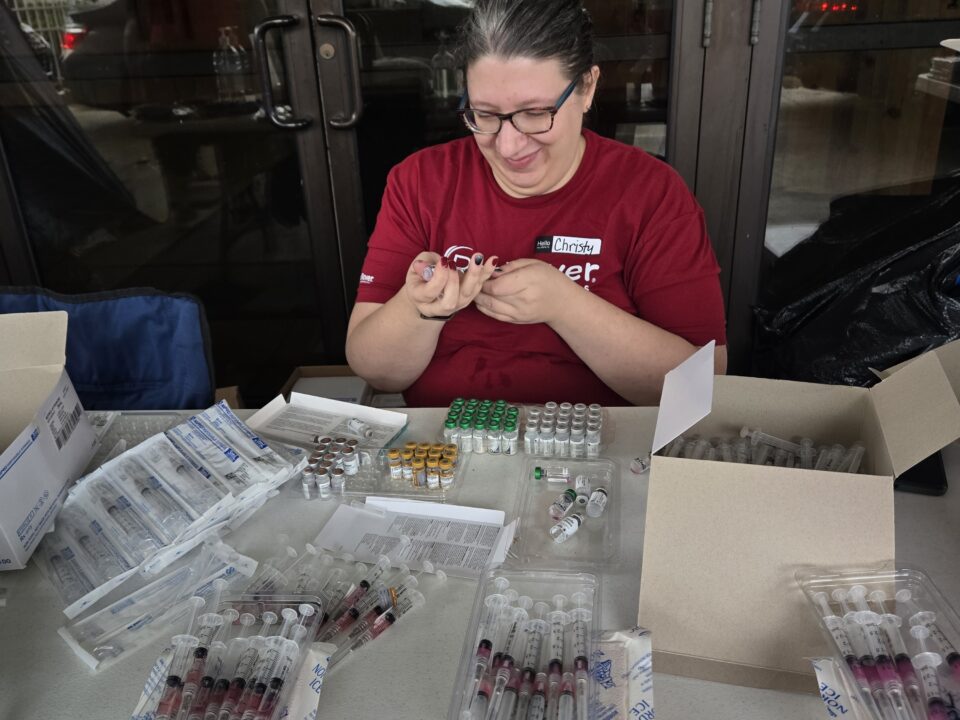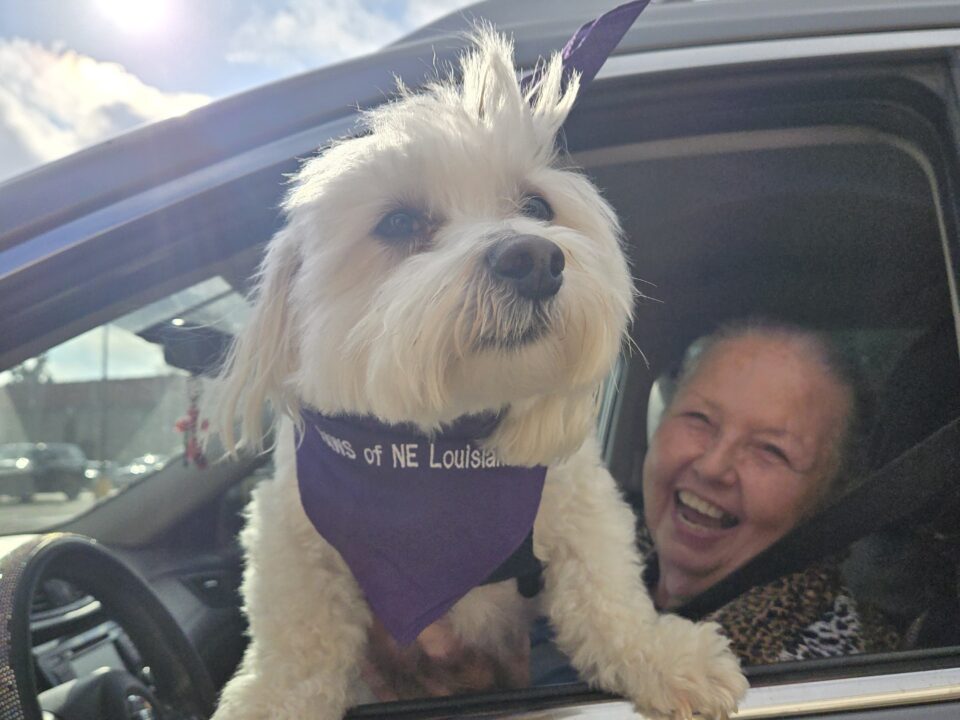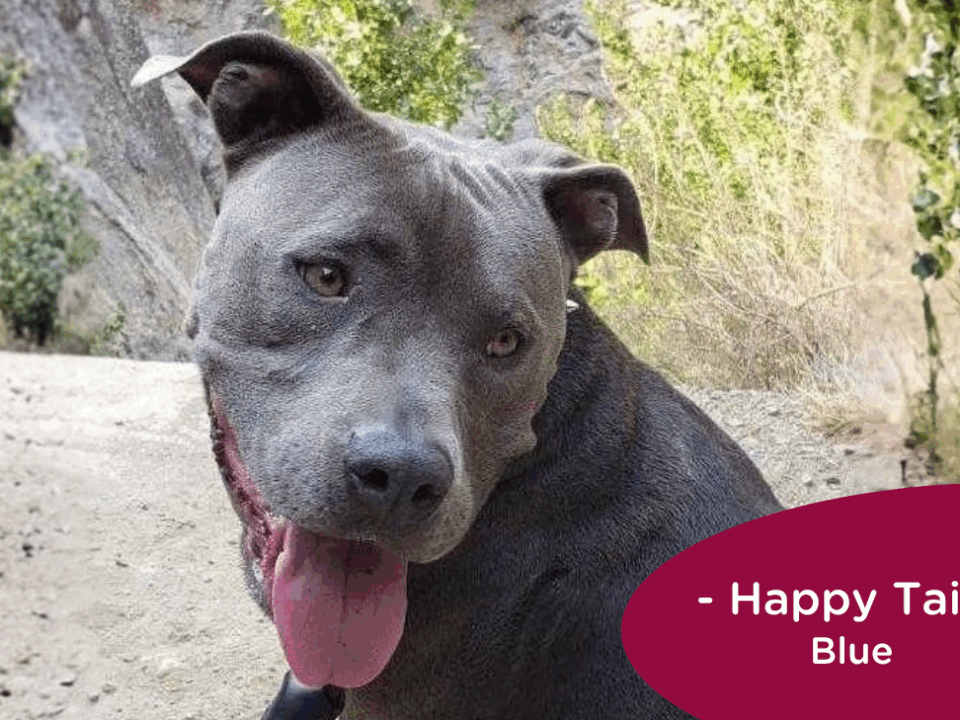Tornado Safety Tips for Pets
January 14th, 2020
Planning ahead can save animal lives and prevent heartache when violent storms touch down
 “Tornados typically happen with little or no warning, but pet owners can still take steps to protect their animals,” says RedRover President and CEO Nicole Forsyth. “Animals left to fend for themselves during disasters suffer terribly, and residents can compound their own stress by worrying about missing pets.”
“Tornados typically happen with little or no warning, but pet owners can still take steps to protect their animals,” says RedRover President and CEO Nicole Forsyth. “Animals left to fend for themselves during disasters suffer terribly, and residents can compound their own stress by worrying about missing pets.”
We encourage pet owners who live in tornado-prone areas to:
- Identify all pets with an ID tag and microchip. This is the single best way to make sure you are reunited with your pets if you are separated. Be sure the collar is secure, the tag is legible and your contact information is current. Include a secondary contact on the tag in case you lose telephone service. Keep the microchip registration up-to-date and include at least one emergency number of a friend or relative who lives out of your immediate area. Microchipping is essential since collars often come loose during powerful storms.
- Keep small animals like dogs and cats indoors. This will better protect them if a tornado strikes suddenly and make it easier for you to round them up if you have to move to a safe location.
- Practice bringing your animals to your “tornado safety” location. Animals often become frightened and hide during extreme weather. Every few months, practice leashing dogs and crating cats and bringing them calmly to the basement or other location you have identified for tornado safety. This way, when the real thing happens, they will be less likely to freeze, hide or run away.
- Secure cats if a tornado watch is issued. When a tornado watch goes into effect, place your cats in a crate and put it in the basement, a windowless bathroom or closet, or other area you have identified for tornado safety.
- Move other caged animals to a safe location early. Rabbits, reptiles, rodents and other “pocket pets” can be moved to a basement or windowless room during a tornado watch, too. If you have an aquarium or terrarium that can’t be moved, put it under a table or desk or cover it with a mattress or other large, soft object.
- Secure horses in an outbuilding and identify them. If a tornado watch is posted, put horses in a sturdy building on your property or bring them to a pre-identified safe location. Make sure each horse is identified with halters, neck straps, or name spray-painted on his or her left side.
- Carry photos of your pets and give copies to loved ones outside your immediate area. If you do become separated from your pets, photos will help you create lost animal posters or post messages to Internet sites. Include photos of you with your pets, which can prove ownership.
- Know where to search for lost animals. When animals become lost during a disaster, they often end up at a local animal control agency or humane society. Keep handy the locations and phone numbers of the shelters in your area.
Through its volunteer-driven RedRover Responders program, RedRover provides free temporary sheltering for communities that become overwhelmed by natural disasters or animal cruelty seizures. RedRover operated temporary shelters for animal victims of Hurricanes Harvey, Irma and Maria in 2017; Hurricanes Katrina and Rita in 2005; the Camp Fire in Paradise, CA and Carr Fire in Anderson, CA in 2018: flooding in Cedar Rapids, Iowa in 2008; flooding in Fargo, North Dakota in 2009; flooding in Kennett, Missouri and Natchez, Mississippi in 2011; Hurricane Isaac and Superstorm Sandy in 2012; tornadoes in Oklahoma in 2013; and flooding in Texas in 2015.



